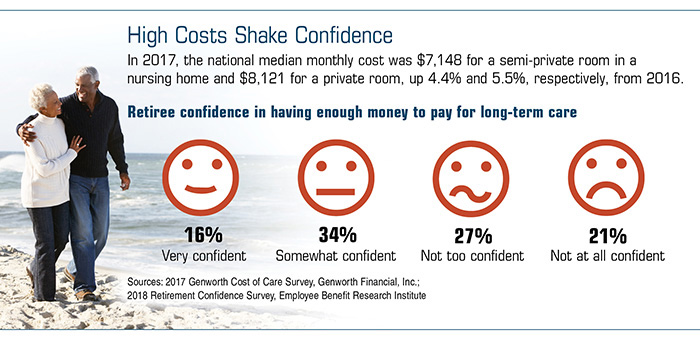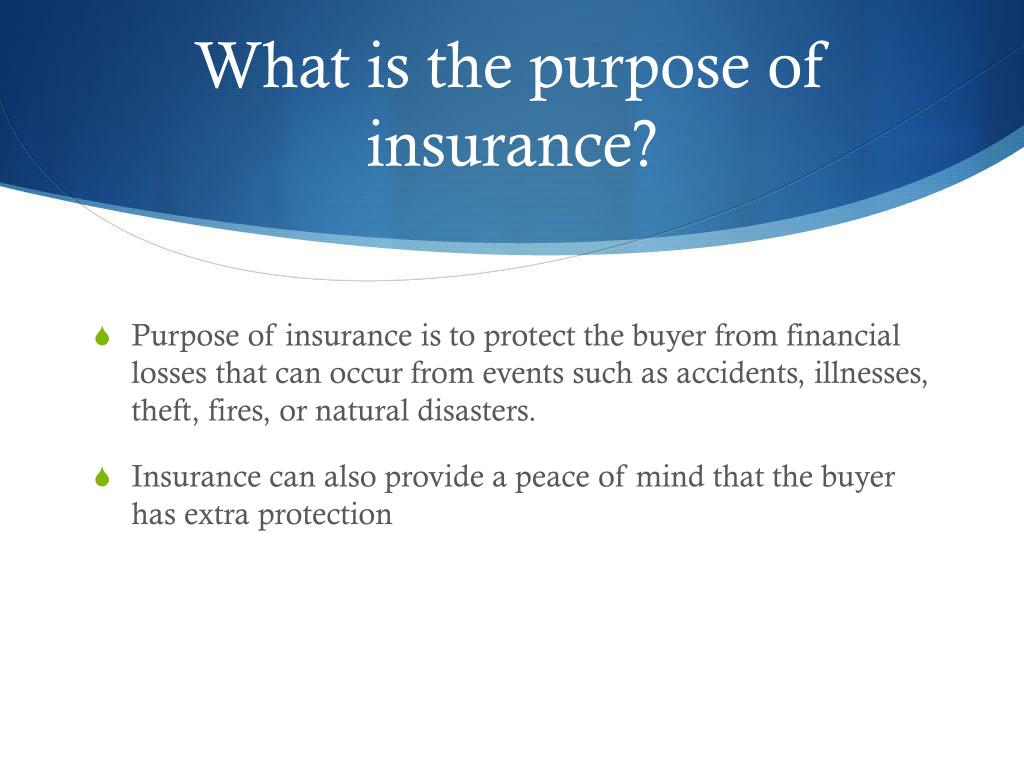Pacific Prime - The Facts
Pacific Prime - The Facts
Blog Article
Pacific Prime Fundamentals Explained
Table of ContentsRumored Buzz on Pacific PrimeThe Of Pacific PrimePacific Prime for DummiesNot known Details About Pacific Prime
In a lot of states, the insurance provider is required to send you a duplicate of the changes to your plan. It is necessary that you review Recommendations or Riders so you recognize just how your plan has actually transformed and if the plan is still appropriate to satisfy your needs. To acquire a duplicate of your insurance plan, please contact your insurance policy agent or firm.
The Institute of Medicine (IOM) Board on the Effects of Uninsurance launches an extensive exam of evidence that addresses the relevance of health insurance protection with the publication of this record. Protection Issues is the very first in a collection of six reports that will certainly be issued over the next 2 years recording the fact and consequences of having an approximated 40 million people in the United States without medical insurance protection.

What Does Pacific Prime Do?
The objective of this series of researches is to refocus plan interest on a longstanding trouble. Following the longest economic development in American history, in 1999, an approximated one out of every six Americans32 million adults under the age of 65 and even more than 10 million childrenremains uninsured (Mills, 2000).

Ten percent of the populace represent 70 percent of healthcare expenses, a correlation that has actually stayed continuous over the past three years (Berk and Monheit, 2001) - group insurance plans. Hence health insurance coverage continues to offer the feature of spreading out danger also as it progressively funds regular treatment. From the perspective of health and wellness treatment carriers, insurance brought by their individuals assists secure an earnings stream, and areas gain from monetarily sensible and steady health treatment practitioners and institutions
Government gives medical insurance to populations whom the exclusive market may not offer successfully, such as disabled and elderly persons, and populaces whose access to healthcare is socially valued, such as kids and expecting ladies. The supreme ends of health and wellness insurance policy protection for the individual and neighborhoods, consisting of work environment communities of staff members and companies, are improved health end results and lifestyle.
How Pacific Prime can Save You Time, Stress, and Money.
Staff members rank medical insurance first without a doubt in relevance amongst all the benefits offered in the office (Salisbury, 2001). Although there have actually been large investments of personal and public funds to give medical insurance, many individuals still have no insurance coverage. In spite of comprehensive coverage of study searchings for and healthcare study results, the public stays overwhelmed and mistaken about Americans without medical insurance and the ramifications of lacking protection.

Without question, the complexity of American health treatment funding devices and the wide range of resources of details include in the general public's complication and uncertainty concerning medical insurance stats and their analysis. This report and those that will adhere to aim to distill and offer in readily understandable terms the substantial study that bears on concerns of health insurance protection and its importance.
Fifty-seven percent of Americans surveyed in 1999 thought that those without medical insurance are "able to obtain the care they require from doctors and healthcare facilities" (Blendon et al., 1999, p. 207). In 1993, when nationwide focus was focused on the problems of the uninsured and on pending wellness care regulations, just 43 percent of those questioned held this belief (Blendon et al., 1999).

They likewise receive fewer preventative solutions and are much less most likely to have normal treatment for click to investigate persistent conditions such as high blood pressure and diabetes mellitus. Chronic conditions can lead to pricey and disabling issues if they are not well taken care of (Lurie et al., 1984; Lurie et al., 1986; Ayanian et al., 2000). One nationwide study asked greater than 3,400 grownups about 15 very severe or dark conditions.
Pacific Prime - Truths
Added proof is presented later in this chapter in the conversation of insurance and accessibility to healthcare. https://www.openlearning.com/u/freddysmith-sba6sp/. Individuals without health insurance policy are young and healthy and select to do without protection. Nearly fifty percent (43 percent) of those surveyed in 2000 believed that people without medical insurance are more most likely to have illness than people with insurance
Voters and policy manufacturers in emphasis team discussions identify those without insurance coverage as young individuals that have the chance to be covered and feel they do not need it (Doorperson Novelli, 2001). Compared to those with a minimum of some exclusive insurance coverage, the uninsured are much less most likely to report remaining in outstanding or very great wellness (Company for Healthcare Research Study and High Quality, 2001).
SOURCE: Facility for Expense and Financing Research Studies, Agency for Medical Care Study and High quality, based upon MEPS information. Young grownups between 19 and 34 are even more likely to lack health insurance coverage than any type of various other age group. This is mainly due to the fact that they are much less often eligible for employment-based insurance coverage because of the nature of their task or their short tenure in it.
The assumption that people without insurance coverage have better-than-average wellness follows from confusing the relatively young age account of the uninsured with the far better health, on average, of younger persons. This obscures the web link in between wellness standing and wellness insurance coverage. For those without accessibility to office health insurance coverage, bad health is a prospective obstacle to buying nongroup protection since such protection might be very priced, leave out preexisting conditions, or be just not available.
Report this page